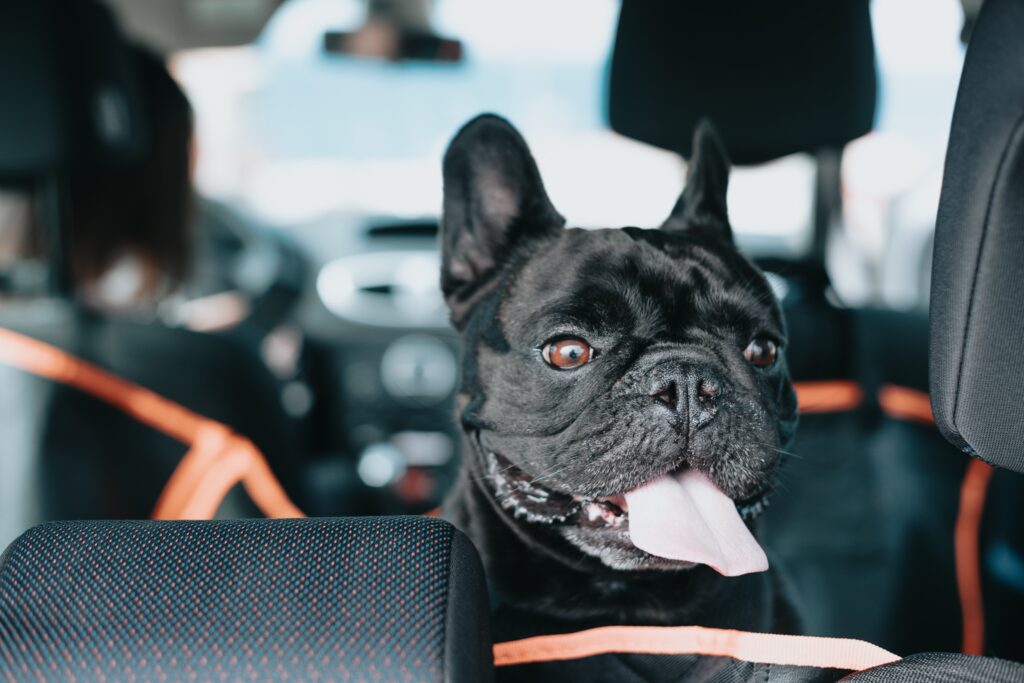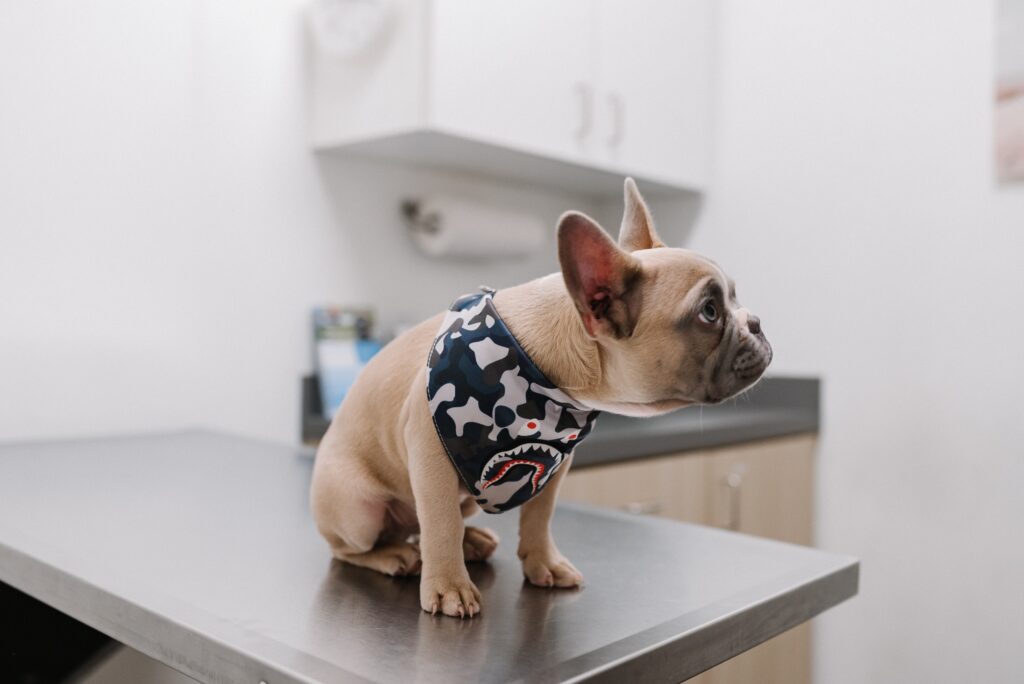Is there some travel in your future and you’re considering bringing your dog with you? This article is for you!
First, we must acknowledge that it is difficult to travel with pets regardless of the breed. Now, when it comes to short-snout dogs, for example, pugs, french bulldogs, and pit bull terriers, the situation becomes tougher. You may be wondering, why is that so? Many airlines do not allow pet owners to travel with short-snout (brachycephalic) dog breeds on flights.

This is because brachycephalic dogs are at a higher risk while on a flight compared to the normal breeds. These dogs have narrower windpipes and smaller nostril openings than other dogs. Short-snout dogs often find it hard to breathe whenever they are stressed or due to being excited because of an activity such as flying in an airplane cabin. That said, you shouldn’t be worried.
In this article, we take you through important tips that will make air travel a stress-free experience for both you and your short-snout canine companion. Traveling with a pet is not just about choosing the right season and destination. You need to take other steps in your pet’s best interest before your travel date.
So here is what you need to do…
Consult a Veterinarian
The first and most important step is to ensure that your short-snout dog is in optimal health and fit for the trip. You need to understand that breeds like bulldogs, pugs, french bulldogs, and Boston terriers usually suffer from unique respiratory challenges due to their brachycephalic facial structure, as mentioned earlier.
You need to plan for a comprehensive pre-travel health check-up with your veterinarian well in advance of your planned trip. In this session, the vet will examine your dog’s overall health, whereby they will pay particular attention to any pre-existing respiratory conditions. They will also evaluate the severity of any existing respiratory issues and guide you on whether flying is a suitable option for your pet.
Based on your dog’s current health status, the vet will give you specific precautions or recommendations. They will advise you on how well your pet can tolerate any stress or changes in their environment. If your dog is more susceptible to anxiety and stress during travel, the vet can recommend strategies to alleviate these concerns, such as the use of calming aids or training techniques.

Select a Pet-Friendly Airline
You want to do everything possible to ensure your pet is safe and has a comfortable travel experience. It is important to search for an airline with a positive track record for accommodating pets. You will notice that some airlines have particular guidelines concerning traveling with short-snout breeds. Choose one whose policies are pet-friendly. Find out if the airline allows pets to travel in the cabin or if they are limited to cargo hold transportation. Since most of these pets are sensitive to temperature changes and stress, they are better suited for cabin travel where conditions are more controlled.
Check if the airline has restrictions on the size and weight of pets allowed in the cabin to safeguard your pet from getting rejected. Ensure that the airline you choose has implemented temperature-controlled conditions in cargo holds during the loading and unloading process. That shows they prioritize the well-being and safety of pets.
Choose a Direct Flight
Whenever possible, it is important to minimize stress by choosing to travel with a direct flight. It is a strategic decision that can greatly enhance your overall traveling experience. Direct flights can minimize your total travel time, which is effective for short-snout canine companions. These pets mostly find travel very stressful, so if you can minimize the time they spend in transit, you can help mitigate the discomfort.
During layovers, your furry friend can get exposed to busy airports, loud announcements, and unfamiliar surroundings. If you travel with a direct flight, you protect the pet from such exposure. You also get to minimize the number of times your pet is transferred between carriers or containers, making them feel more secure and stable. With a direct flight, you also avoid wasting time on the delays that can potentially happen with flights with layovers.

Use an Approved Pet Carrier
Since your furry friend has unique respiratory needs, you can only use the appropriate carrier to ensure they are a comfortable and pleasant travel experience. Your carrier must be airline-approved to ensure it adheres to the guidelines regarding ventilation, size, and structural integrity. It should guarantee a secure and standardized environment for your pet. Given that their respiratory systems are compromised, short snub breeds are required to travel with well-ventilated carriers to maintain a comfortable temperature on the inside and reduce the chances of overheating during the journey.
Ensure the carrier you choose also complies with the size and weight specifications of the airline. If it is oversized, it can get rejected and cause you to have last-minute complications that will stress you and your pet. Note that the airlines may approve both soft-sided and hard-sided carriers; however, soft-sided carriers are better, thanks to their flexibility and comfort. These can easily fit under the seats, ensuring your furry companion is cozy and secure. While using the soft-sided carrier, ensure it maintains its shape and structure. That prevents your dog from struggling with discomfort.
We hope with these tips you’ll be able to travel in comfort and with peace of mind knowing that your favorite doggo is safe and comfortable during your travels!

Leave a Reply